According to the plan, by the end of July 2025, the Big5 banking group - including 5 state-owned commercial banks ( Agribank , Vietcombank, VietinBank, BIDV and MB) - will deploy a transaction monitoring system using artificial intelligence (AI). Money transfers suspected of being fraudulent will be blocked promptly.
The rollout of the system is the next step in efforts to prevent money transfer fraud. Previously, the banking industry applied biometric authentication for transactions of VND10 million or more from July 1, 2024, and conducted biometric authentication for all bank accounts with electronic transactions from January 1, 2025.
As a result, the banking industry has cleaned up 95% of accounts that were not in its own name or were related to fraudulent behavior.
With 5 major banks deploying an AI money transfer transaction monitoring system, before executing, the banking system will check whether the receiving account is on the "blacklist" or not to promptly block the transaction and warn the customer.
The implementation of this plan is the result of inter-ministerial coordination between the State Bank, the Ministry of Public Security and the Ministry of Science and Technology. After the Big5 banks successfully implement it, it will be implemented simultaneously throughout the banking industry.
“Instead of each bank doing it individually, many banks will do it together; whenever there are signs of fraud, they will block it together. By then, we will definitely be able to detect and prevent more fraudulent accounts,” said Mr. Vu Thanh Trung, Vice Chairman of the Board of Directors of the Military Commercial Joint Stock Bank (MB).

Previously, from July 2024, MB was the first bank to coordinate with the Department of Cyber Security and High-Tech Crime Prevention (A05) - Ministry of Public Security, to share all information about accounts that have generated fraudulent transactions or have suspicious signs.
In just the first 3 weeks of implementation since July 2024, the system has detected and warned of 2,700 suspicious transactions. To date, on average, MB's monitoring system has detected and prevented about 1,000 money transfers per month with an average amount of around 30 billion VND.
According to MB representative, transactions made at unusual hours (such as midnight) are also targeted by the system. Transactions with IDs from foreign countries (where cybercrime groups are active) will also be blocked.
In addition, MB has blocked 99% of fake apps on the Android platform through the fake app scanning feature.
Currently, there are up to 20 million people using the MB application every day, so monitoring can only be done by AI. The risk monitoring and control system is increasingly invested in by banks.
In addition to a team of more than 2,000 IT engineers, the bank also has more than 300 staff specializing in data, detecting unusual signs in transaction behavior.
“The amount of data is huge, it cannot be processed manually or wait for post-audit, because after only 5 minutes the money can be withdrawn. Therefore, the transaction can only be blocked in real time,” Mr. Vu Thanh Trung shared.
However, Mr. Trung also said that after banks deployed biometric authentication and verification via NFC technology, scammers began to shift their focus to attacking corporate accounts. The Big 5 banking group is continuing to invest heavily to prevent scam groups from targeting this group.
According to Circular 17/2024/TT-NHNN (Circular 17) regulating the opening and use of payment accounts at payment service providers effective from July 1, 2024, credit institutions are responsible for providing information on customers' payment accounts according to the instructions of the State Bank (SBV) on performing state management functions. Credit institutions must provide information on accounts showing signs of fraud, deception, or violations of the law upon request. Information provision is done electronically according to the instructions of the State Bank. The list of individual customers who open and use payment accounts suspected of being involved in forgery, fraud, or scams updated by the bank includes: customer code (CIF), identification number, identification type, full name, date of birth, gender, nationality, account number, account opening date, phone number registered for electronic banking services, reason for suspicion, account status, and unique device identification information (MAC address). The latest time for provision is the 10th of each month, sent via the information system supporting management, monitoring and prevention of fraud risks in payment activities of the State Bank. Banks are also required to send a list of “black accounts” suspected of fraud to the State Bank. However, there is currently no unified process for terminating or closing these accounts. |
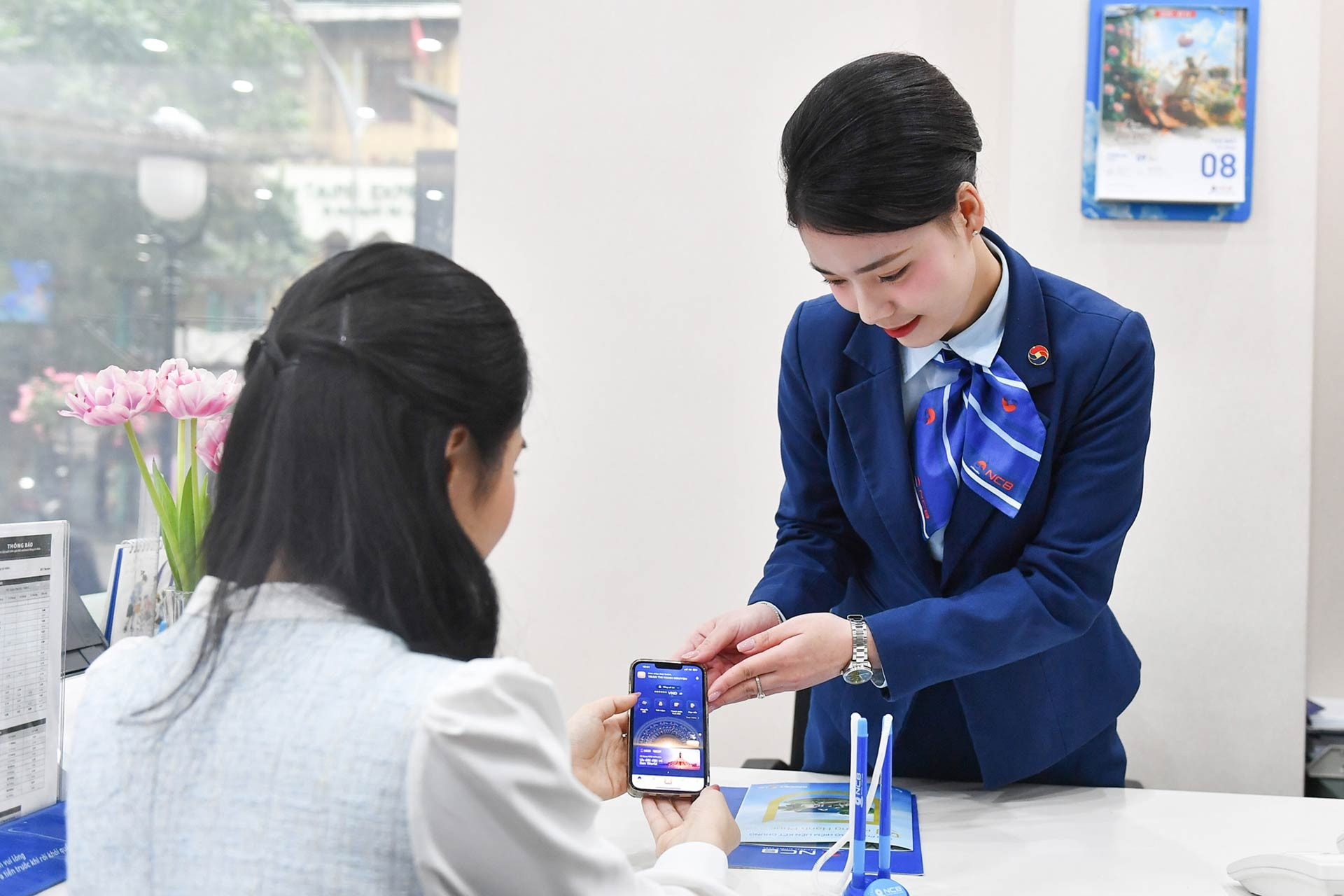
Source: https://vietnamnet.vn/sau-ngay-31-7-ngan-hang-big5-se-chan-dung-tai-khoan-lua-dao-2393709.html





![[Photo] Prime Minister Pham Minh Chinh chairs the Government's special meeting on law-making in May](https://vphoto.vietnam.vn/thumb/1200x675/vietnam/resource/IMAGE/2025/5/22/1c880aae96fd4e0894abc47a46fe19ba)


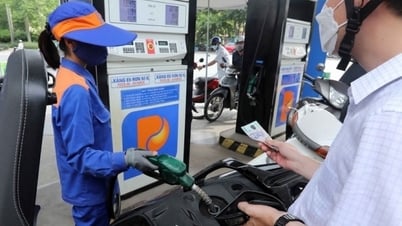




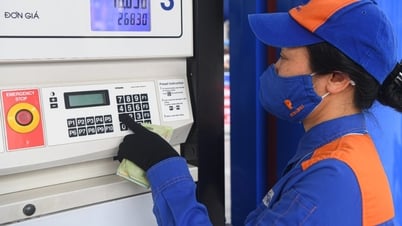


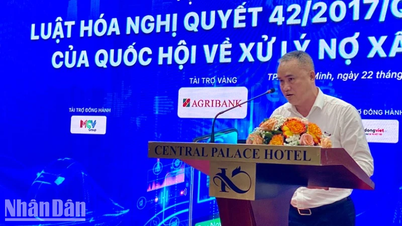






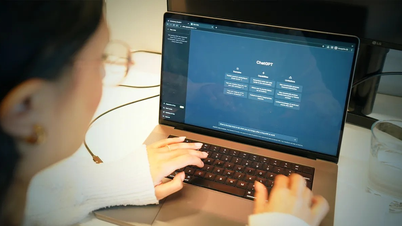






















































![[Infographics]: Which exceptional cases will be issued paper Health Insurance cards from June 1, 2025?](https://vphoto.vietnam.vn/thumb/402x226/vietnam/resource/IMAGE/2025/5/22/d05f5a2fb7c34b69a51e0dbe5c5f4d18)












Comment (0)